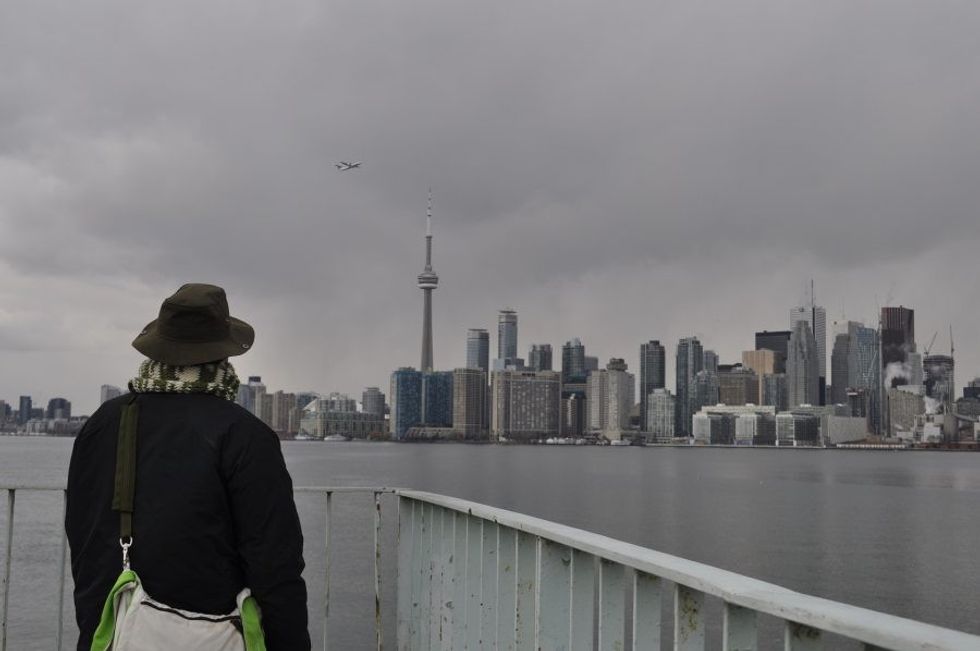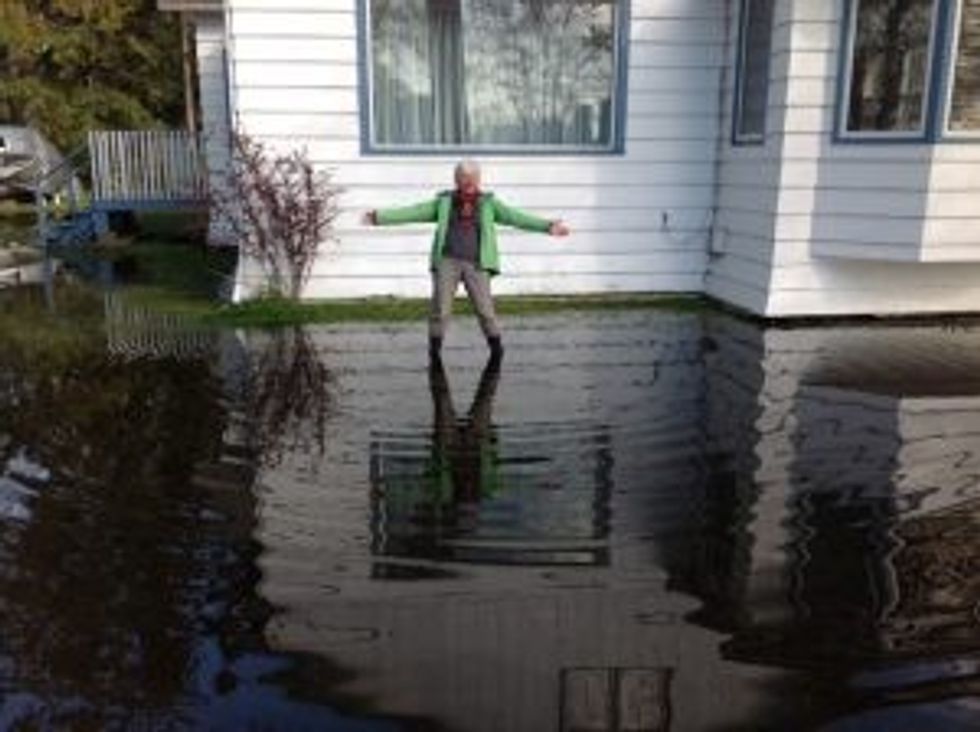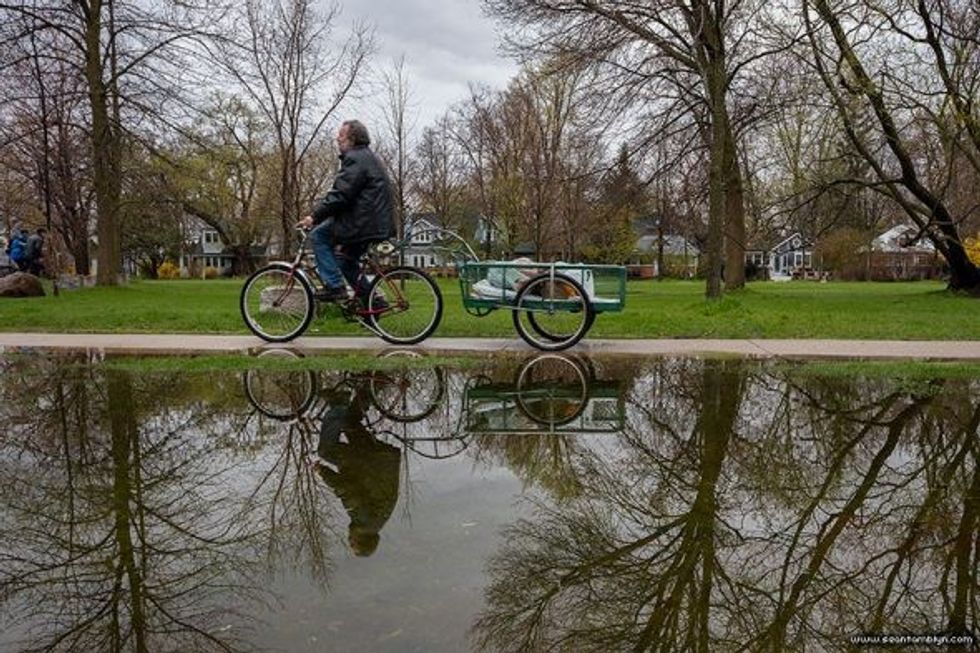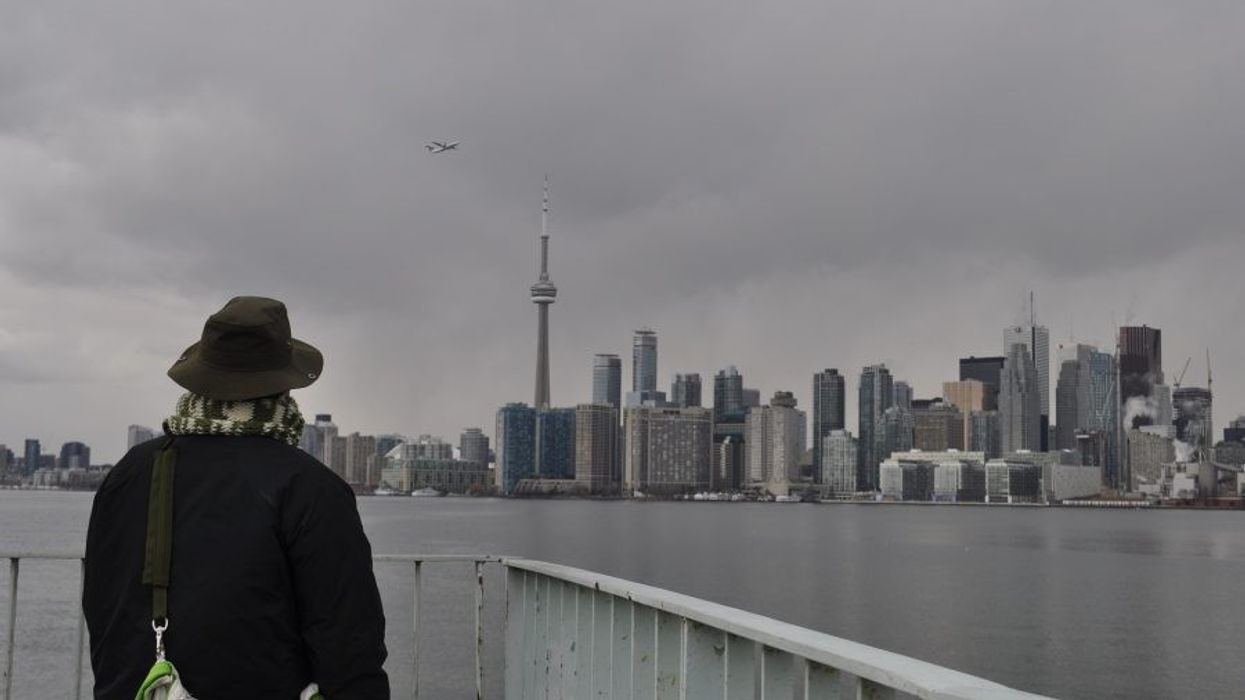
Spring is an idyllic time on the Toronto Islands. Young families come bounding off the ferry by the hundreds, sights trained on Centreville.
Couples stroll the manicured parks or the beach, and share a bottle of wine at the charming Island Cafe. And the Islanders sit out on their front lawns watching this bustle of tourists set against a tranquil city skyline.
Islanders are an eclectic lot: artists and academics, teachers and tradesfolk, retirees and the very young. And the community is made strong by this mix of backgrounds and interests. But when confronted with disaster last spring, it was a shared resilience and love of home that most served the residents of the Toronto Islands.
After a particularly mild winter, May of 2017 saw a prolonged downpour in the GTA. The combination led to Great Lake runoffs and, according to Jane Arbour from the City’s Strategic Communications Department, “water levels in Lake Ontario at their highest recorded level in more than 100 years.” By late in the month, the City was estimating that 40 per cent of the Toronto Islands had been overrun by water. Few, if any, of the Islanders were enjoying their once tranquil view.

“I knew the lake levels were rising way higher than ever, and that they weren’t stopping anytime soon,” said longtime Island resident Frank Bovaconti. Seventy-five-year old Bovaconti is a beloved member of the Ward's Island community, having lived there now for half his life.
“I’d never seen anything like it. Within days, my front lawn was a pond, and home to a couple of ducks. The water was up to the top of my boots, and it stayed that way for months.”
Bovaconti’s corner home on Seneca Avenue is situated right on the bay, and so rubber boots were required dress for most of his neighbours. Water surrounded and pooled under their bayside homes, causing structural concerns and threatening those with basement furnaces.
“We thought the flooding in 1973 was bad,” said Bovaconti, “but a walk along the shore told me that this was way worse.”
The City agreed, citing damage to the waterfront, paths and boardwalks, plus a major pile up of debris. On the cusp of tourist season, the Islands were closed to the general public for the very first time, with permits for events big and small revoked. The expected buzz of spring tourists was quiet, and for the many Island businesses that rely on mainland visitors, that silence was deafening.
“We received a letter from the City, around May 7,” recalls Bill Beasley, owner and proprietor of Centreville Amusement Park. “By city ordinance, we were shut down until further notice. Our rides, docks and piers in and around the water had been affected, our farm had sustained damage to the buildings and paddocks and our iconic train ride, which runs around the perimeter of the amusement park, was flooded.”
Centreville was not cleared to open to the public again until July 31, and that three-month closure cost the park in excess of $8 million in revenue.
The Island Cafe, now in its eighth year of business, suffered no less dramatic a blow, with water encroaching upon the beautiful gardens and landscapes, and the entire patio left underwater for June and most of July. And while the building itself remained untouched, the Cafe had no choice but to let 60 per cent of their summer staff go.

Response from the city to the flooding was immediate and, by all accounts, comprehensive. Mayor Tory offered words of comfort, and the City and the Toronto and Region Conservation Authority committed workers, funds and necessary equipment, in the form of water pumps and sandbags.
The response was successful, but preliminary estimates from the Parks, Forestry & Recreation Department put the cost of these short-term repairs and mitigation at $7.38 million.
Money and equipment alone were not enough to right the damage from the floods. Repairs required a collective will and perseverance from the residents, something that had been asked of them on many occasions prior.
“This community knows how to band together and face adversity,” said Bovaconti. “We stood up in the ’60s when they tried to take our homes, and we overcame the flooding in ’73. This time ’round, the City offered to help us all escape by ferry. We just broke up laughing. We’re not going anywhere.”
Not only did the Islanders not up and leave, they came together with renewed spirit and pride, helping out the older residents and those most affected, while continuing to dine at the Island Cafe and working to shore up and dry out some of the local businesses like the Queen City Yacht Club.
“We made sure that everyone had access to as many sandbags as they needed,” said Bovaconti. “And if someone had a problem, everyone else was quick to lend a hand.”
That mix of defiance and generosity is unique to the Island population, and it will keep them in good stead: with climate change and underwater erosion a going concern, it's a good chance Islanders will continue to face unique environmental challenges long into the future.





















